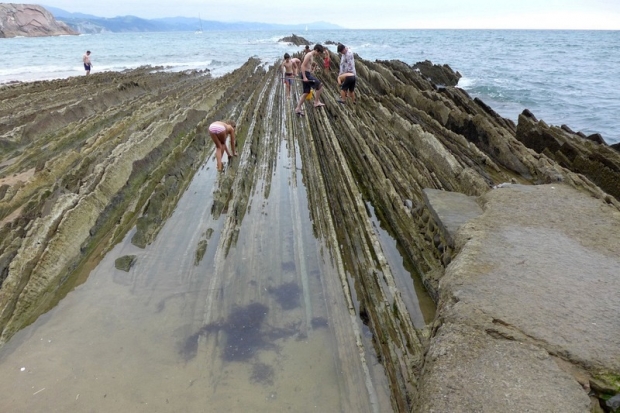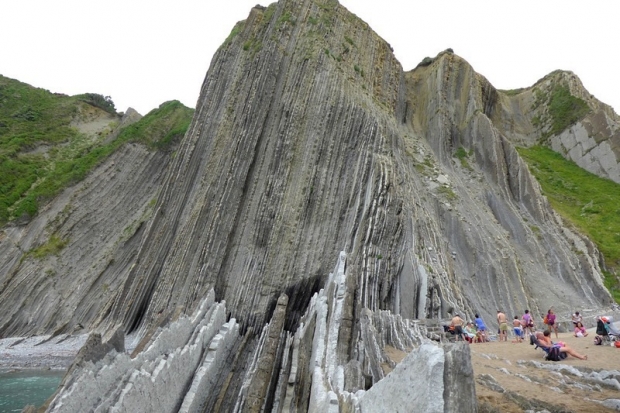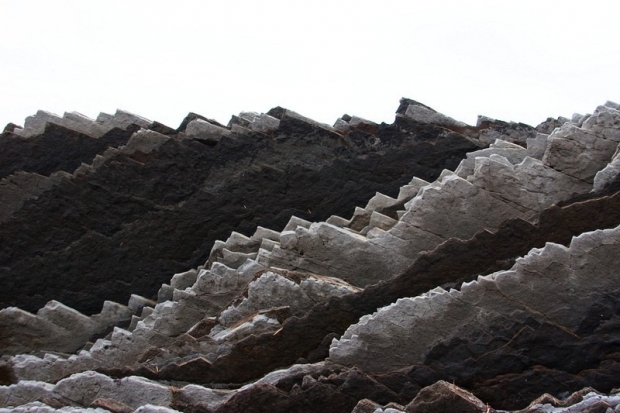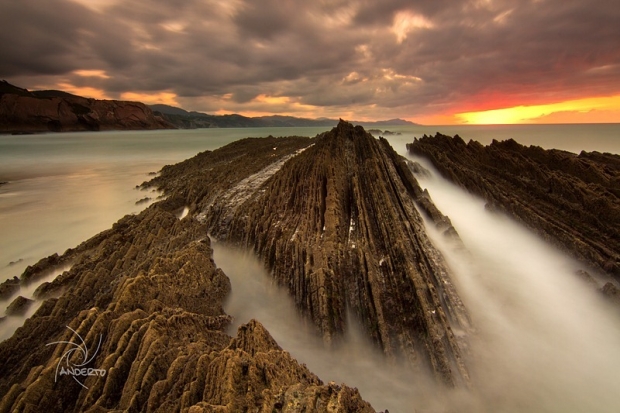Definitely Must See Photos Of Flysch Formation In Zumaia
Flysch is a sedimentary rock created by the alternate overthrow of thin layers of silt and sandstone, and you can find flysch close to the shorelines that are swiftly experiencing changes in sea level.
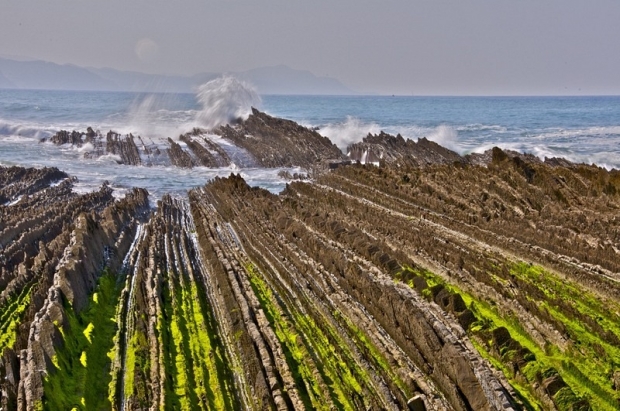
They are formed underwater along the continental shelf when the area experiences enormous structural deformation because of the interaction of tectonic plates. As the continental plate gets shoved and heaved, landslides unload layers of residue.
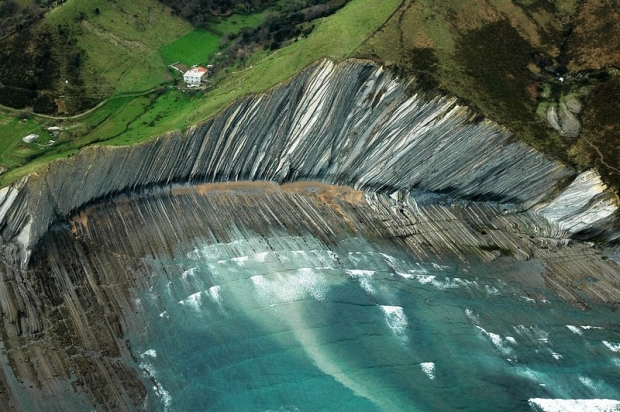
Because of the different sedimentation speed of grains of various sizes, a gradation occurs. Larger particles sink more rapidly and build up the ground layer and are overlain by smaller particles.
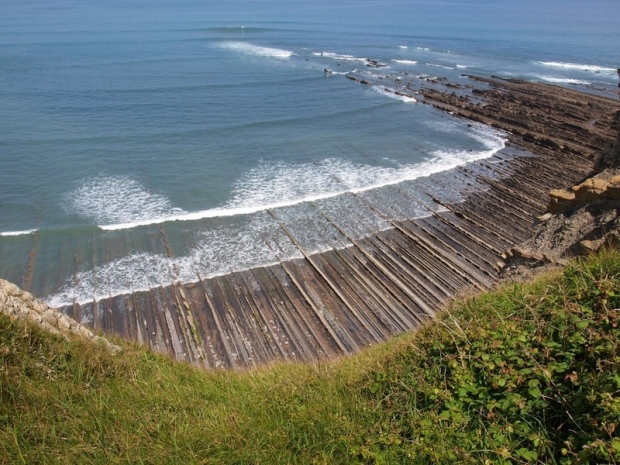
These landslides take place in unstable intervals resulting in the formation of layers upon layers of particles with thickness varying from a couple of centimeters to a couple of meters in some cases.
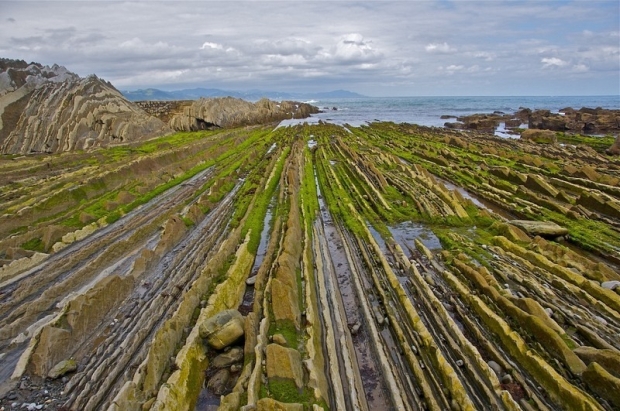
At some point, structural deformation that happens because of colliding tectonic plates angles the sedimentary beds to almost vertical. Over time, the weaker layers wear out more rapidly creating long parallel grooves in the rock.
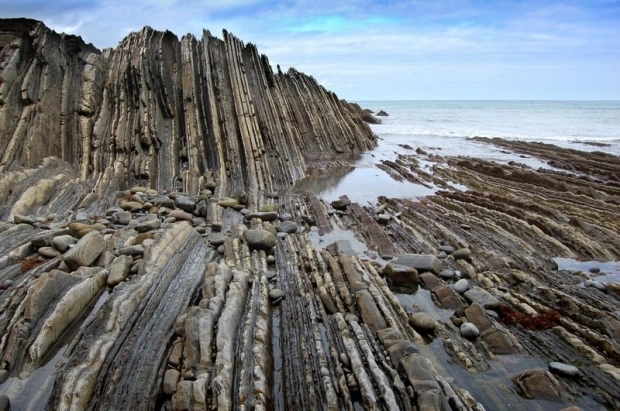
One of the most stunning examples of flysch can be found close to the town of Zumaia on the northern coast of Spain.
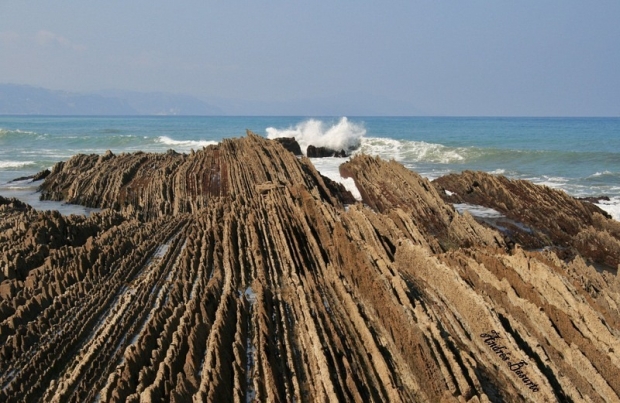
This flysch formation is located in the Itzurun beach, and spans along a distance of approximately 8 km, between the towns of Deba and Getaria, with Zumaia located right in the middle.
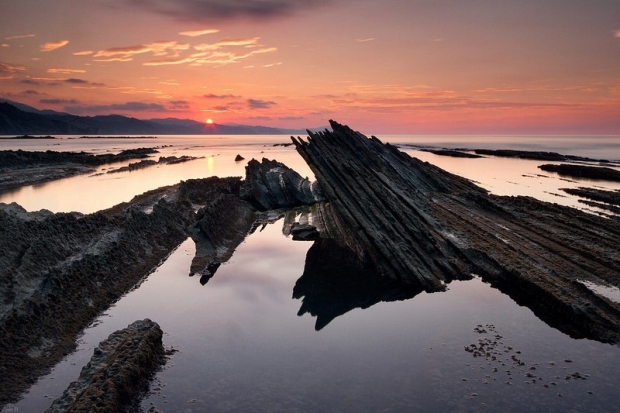
Moreover, these rocks are actually the longest set of continuous rock strata in the world. The flysch in Zumaia were created in a period of more than 100 million years.
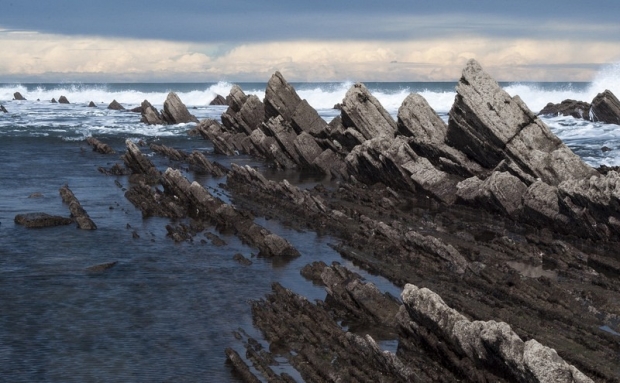
The collision between the Iberian and European tectonic plates revealed these sediments roughly 50 million years ago.
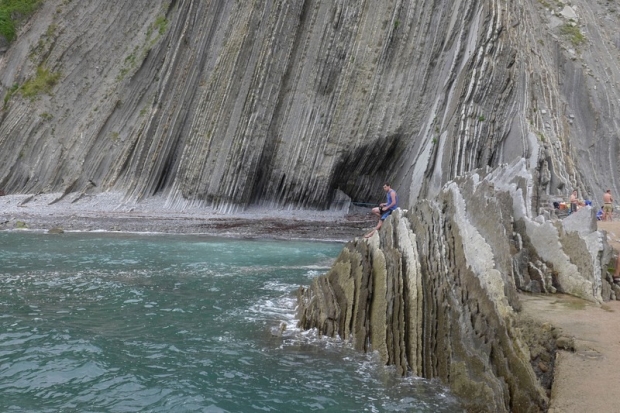
The layers tilt from west to east so, the older strata can be found on the west while the more recent ones are on the east.
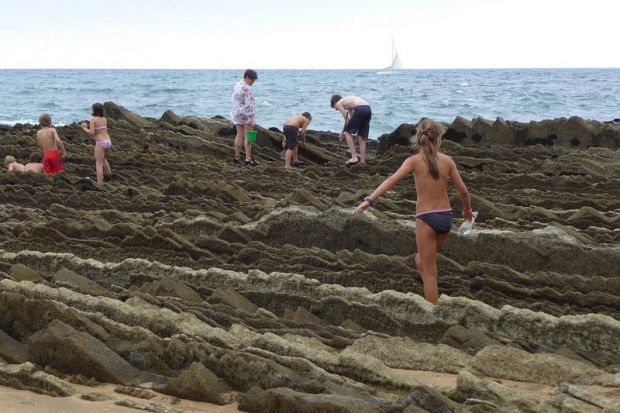
It's possible to collect some important data from these layers about the earth's history between 100 and 150 million years ago.
